"Cyclo-Z Improves Hyperglycemia and Lipid Metabolism by Modulating Lysine Acetylation in KK-Ay Mice"
CycloZ significantly improved glycemic control and lipid metabolism in T2DM mouse models. It reduced inflammation in liver and adipose tissue, decreasing TNFα,
MCP-1 and macrophage infiltration.
Mitochondrial function and ROS defense were enhanced.
Tissue fibrosis was attenuated indirectly via reduced steatosis and inflammation.

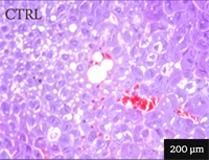
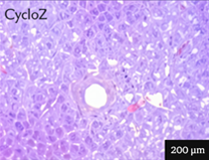
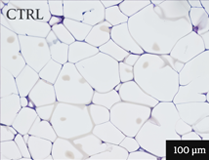

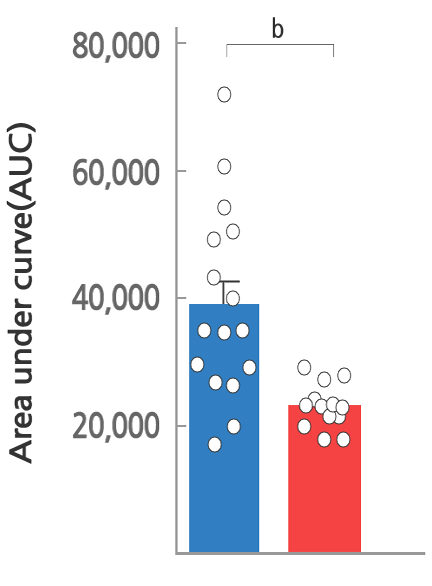


"Protective effect of Cyclo(His-Pro) on peritoneal fibrosis through regulation of HDAC3 expression"
Cyclo(His-Pro) (CHP) significantly attenuates peritoneal fibrosis by reducing fibrotic thickening and collagen deposition in mice and human mesothelial cells.
It exerts anti-inflammatory effects by suppressing key cytokines and immune cell infiltration. CHP also enhances mitochondrial function and antioxidant defense
via upregulation of Nrf2 and SOD-1. Proteomics revealed HDAC3 as a key node regulated by CHP.
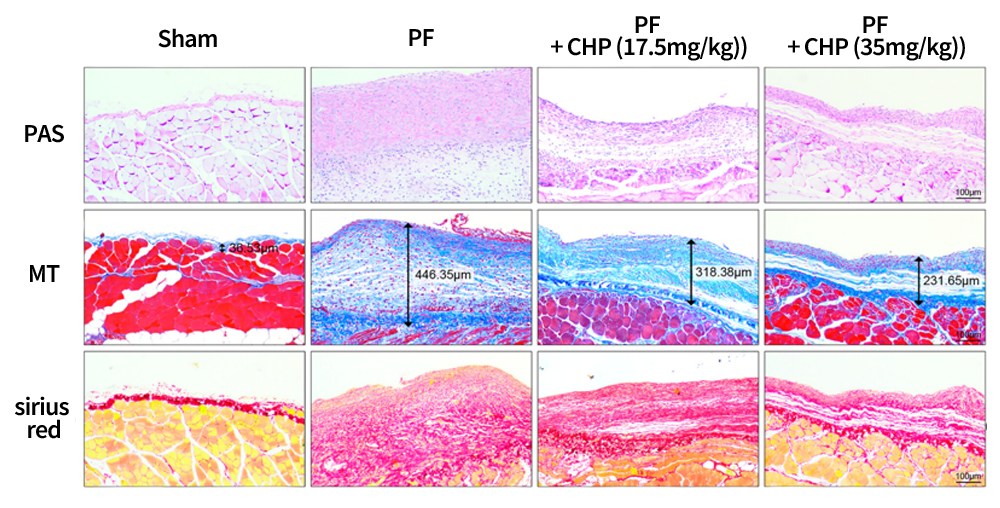
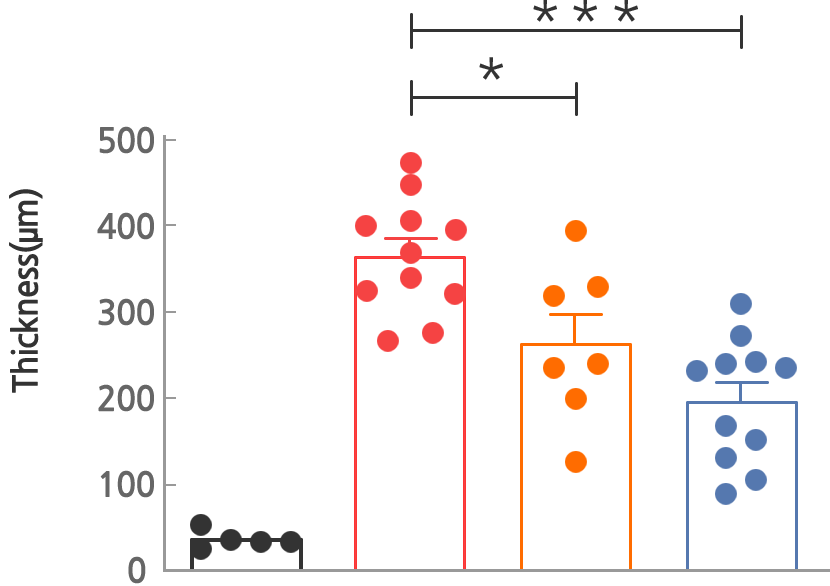
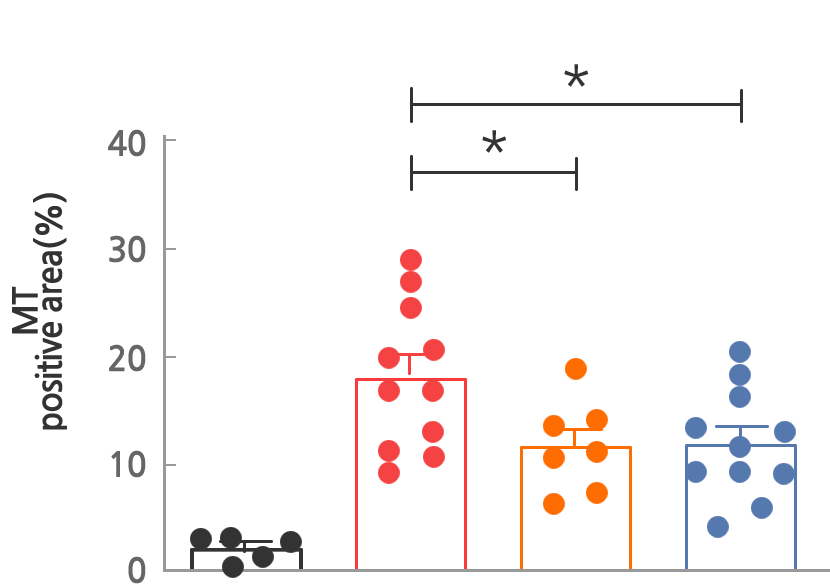
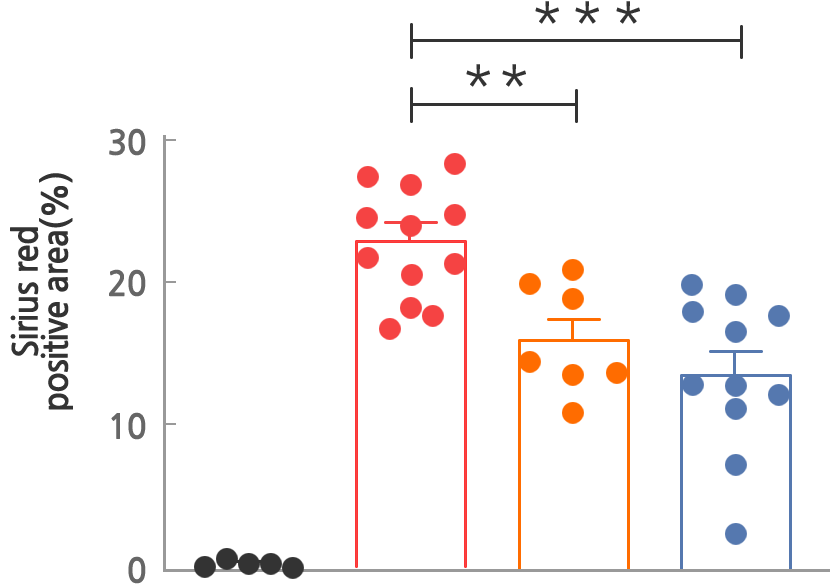
"Cyclo(His-Pro): a further step in the management of steatohepatitis"
Cyclo(His-Pro) (CHP) prevented and reversed liver fibrosis in both diet-induced NAFLD/NASH and CCl₄-induced models. CHP reduced hepatic steatosis, inflammation, and fibrotic remodeling, while improving systemic and liver-specific biomarkers. Treatment enhanced oxidative stress resistance and mitochondrial function. Transcriptomic analyses consistently showed attenuation of inflammation and fibrosis, supporting CHP’s anti-inflammatory and ROS-defense roles.
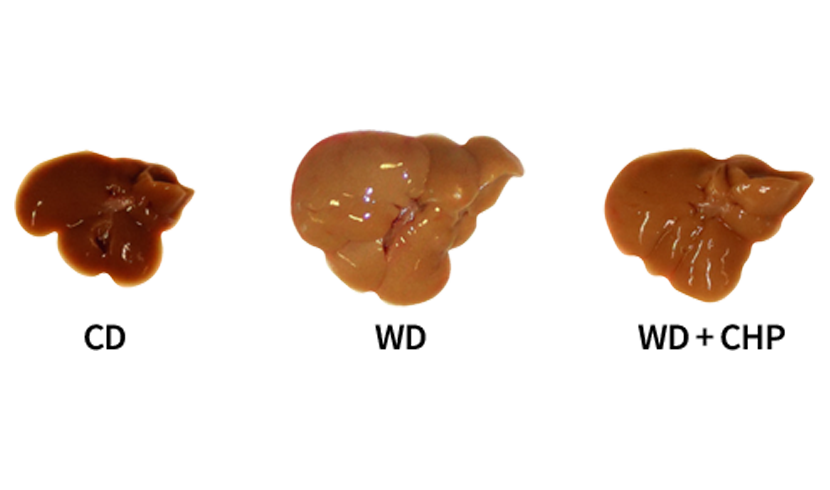

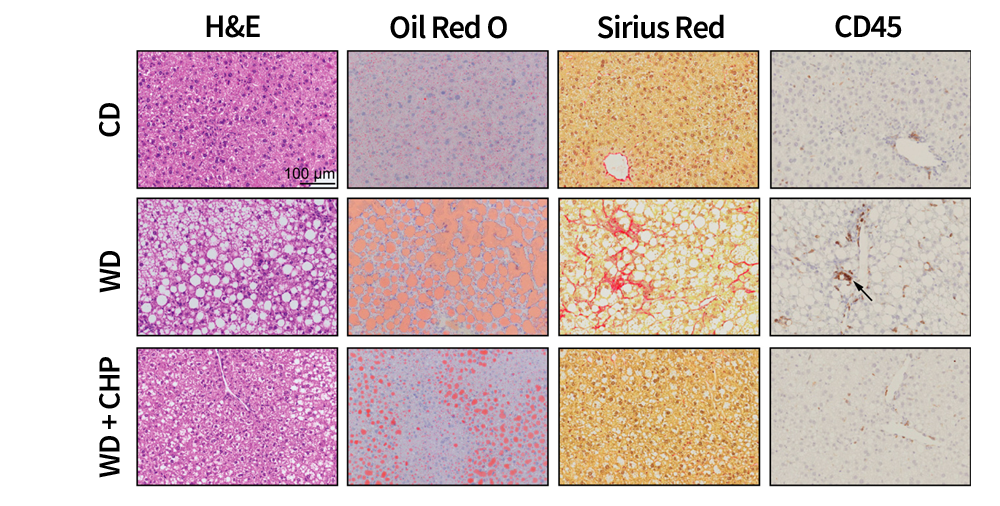

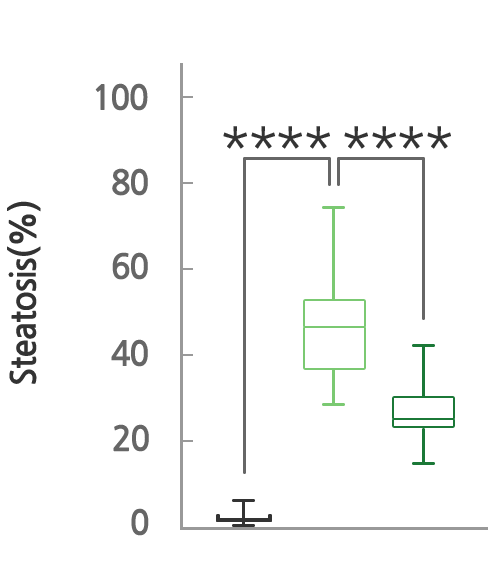
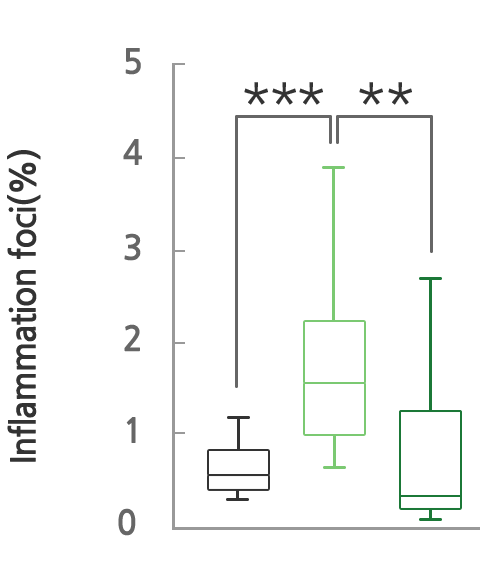
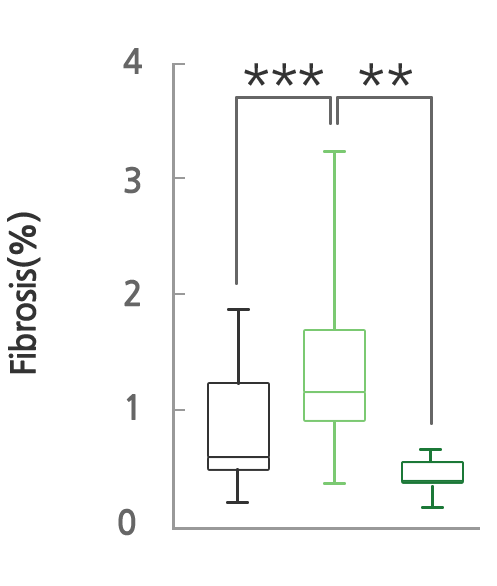
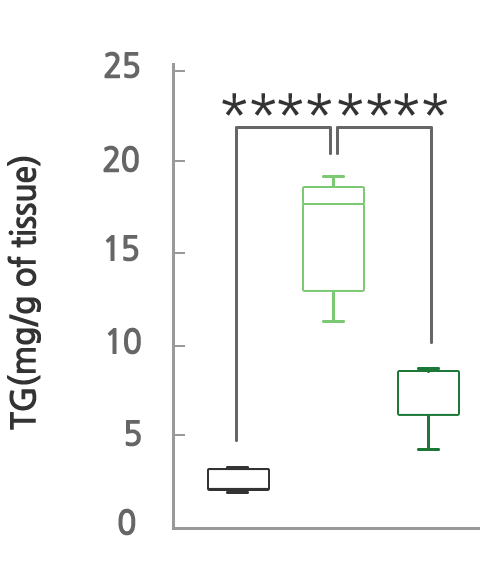
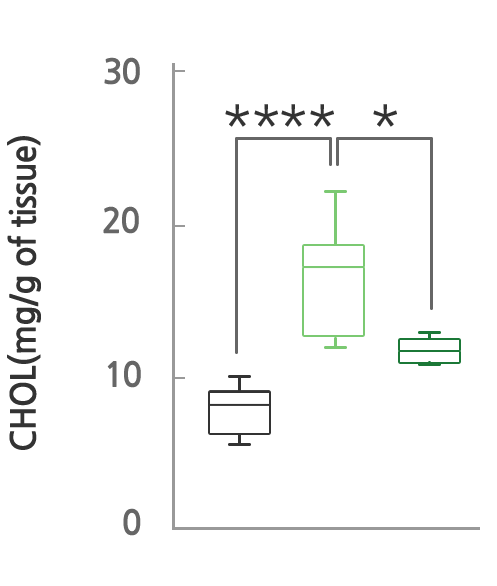
"Cyclo His-Pro Attenuates Muscle Degeneration in Murine Myopathy Models"
Cyclo(His-Pro) (CHP) consistently alleviated muscle degeneration in DMD and age-related sarcopenia models. It reduced muscle and cardiac fibrosis, suppressed pro-inflammatory signals, and enhanced mitochondrial function. CHP also activated antioxidant defenses (e.g., Nrf2), improving redox homeostasis. These effects collectively preserved muscle strength and structure across both disease model
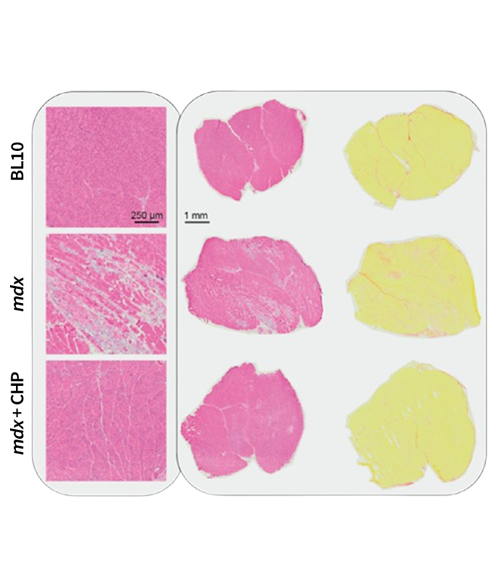

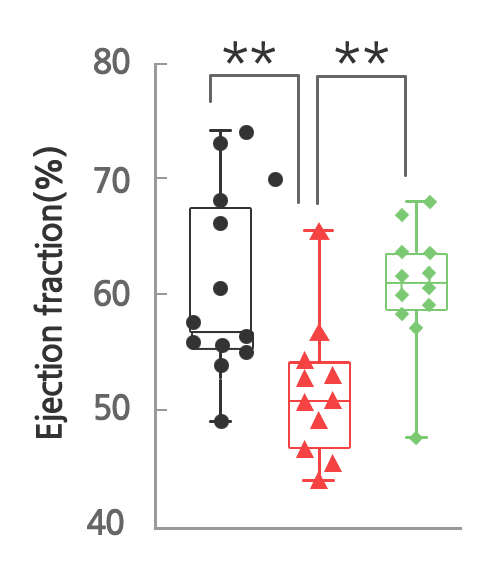

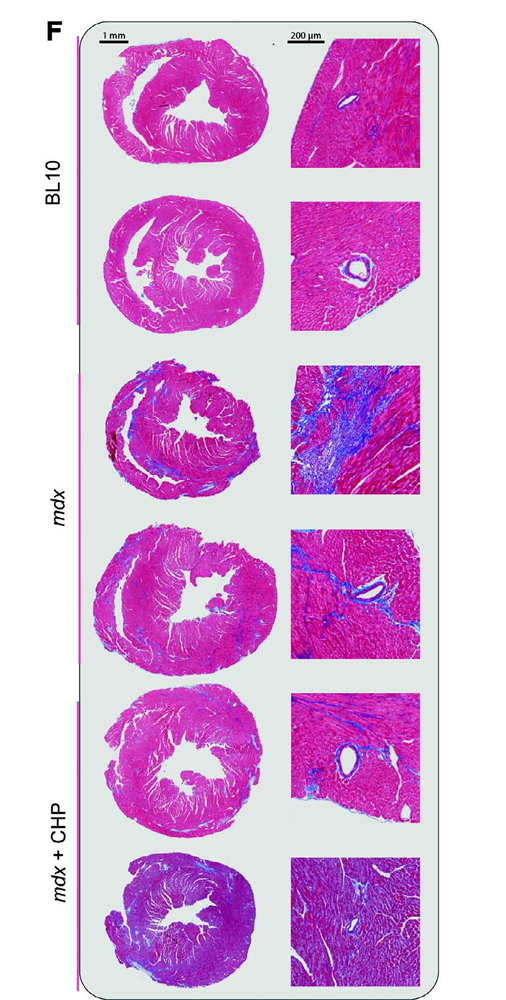
Representative pictures of GM sections stained with hematoxylin and eosin (left) or Sirius red (right) to highlight fibrotic strands (in red).

 Pipelines
Pipelines